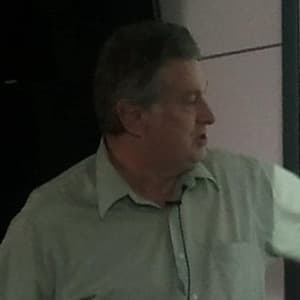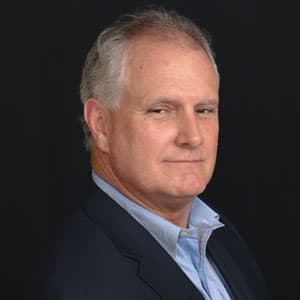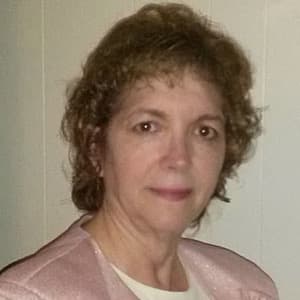The Blog
BBC Interview Series: Dr. Ira Baxter at Semantic Designs
In anticipation of his presentation at Building Business Capability in Vegas, Oct 31, – Nov. 4, 2016, we asked Dr. Ira Baxter, CEO/CTO at Semantic Designs, a few questions about pursuing business excellence. Check out his interview in relation to his BBC presentation entitled, Automated Extraction of Business Rules and Models from Code.
Q: In what ways do you see your group helping your organization pursue business excellence?
A: We provide thought leadership, tools and consulting for managing the understanding or automated change to complex software systems (including our own tools, which are complex software!). A big problem is “help me understand what my system is doing”. Extraction of clear abstractions from code (technology concepts and business rules) is one major aspect of this.
Q: Can you describe the challenges you face or have already overcome in establishing more robust business capabilities for your organization?
A: Our Customer Relation Manager that tracks our clients’ interests, purchases, licenses, and support options. It is remarkable how complex the interaction of the web with this CRM has become; we need to evolve this is a regular manner that does not break its basic functionality. This makes us just like our customers.
Q: What are your short-term goals for becoming more agile?
A: WRT to “business rule information”, we use tools that can search and index the large code base we have. We supply such tools and custom support to our clients that have complex software.
Q: What’s the most valuable thing you’ve learned in the past year?
A: That you need good theory and technology to extract business information from code and that you may need a variety of tools to handle the variety of code that comprises your application.
Q: What do you see as the most important goal or trend for business analysts and other professionals to keep in mind?
A: It is important to distinguish clearly between intention (“specification”), high level design (“business rules”), and code (low level). It is also important to find/capture/keep the relations between these artifacts explicit so that the organization can compare its intentions to the implementation plan and the actual implementation.
Q: What’s the latest method/process/tool you’ve implemented to help your business operate more effectively? Have you seen any results yet?
A: We have provided our clients with the ability to abstract from code back to problem domain concepts (the specific example is for Dow Chemical in the factory Chemical Process control world). They are using this to migrate factories, preserving the business rules essentially exactly while re-implementing them in a completely different technology. We have been applying the concept of automated translation of “business rule” abstractions to code to our own tools for the last 20 years.
Q: If you could go back 5 years in time and give some professional insight or advice to yourself, what would it be?
A: A tool cannot guess your intent. Any generated business rules are an educated opinion from the tool, but may not be correct. You need business analysts to review extracted results, and confirm or deny their correctness. Denial is hint to the tool to
look for another reasonable interpretation. Fundamentally, you want business rule discovery to be an interactive process, or you won’t get it right.
Q: What’s one question you wished you were asked in this interview but were not? And how would you answer?
A: “Why are there seemingly so many varieties of business rules?” Answer: “Each address different types of concepts at different levels of abstraction. For instance, BPR is about sequencing of events and interactions; decision tables are about static
decision criteria.”
Q: Sneak preview: Please tell us a take-away that you will provide during your talk at the Building Business Capability (BBC) conference this year?
A:
- Business rules come in variety of forms, depending on the problem area they are intended to address.
- One can think of the problem of business rule recovery as one of abstracting low level code back to a specific set of problem abstractions, using mechanical reasoning processes applied to source code.
- Understanding the basic technology behind 2) will let you think more clearly about what you can capture, store, interpret and reuse.
—————————–
Don’t miss Dr. Baxter’s presentation, Automated Extraction of Business Rules and Models from Code, at Building Business Capability on Friday, November 4, 2016 from 11:30 am to 12:30 pm. Click here to register for attendance.
2018 Program
Connect
Building Business Capability is the only conference that provides insight into Business Analysis, Business Architecture, Business Process, Business Rules, Business Decisions, and Business Strategy & Transformation toward the pursuit of business excellence.
STAY CONNECTED
Event Produced and Organized by Rising Media in association with Business Rule Solutions Copyright © 2010-2018, Rising Media, Inc. All Rights Reserved.











